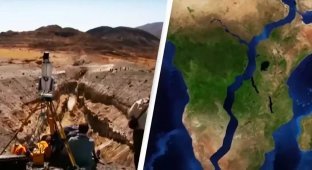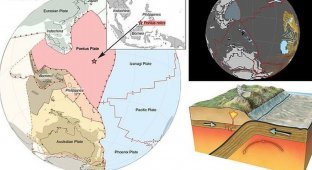Researchers have found out why one of the Earth's continents is splitting at twice the speed (5 photos)
East Africa is undergoing significant geological changes. A force hidden beneath the Earth's surface is tearing the continent apart. This process is linked to the East African Rift System, a 3,200-kilometer-long fault line that formed 22 million years ago. 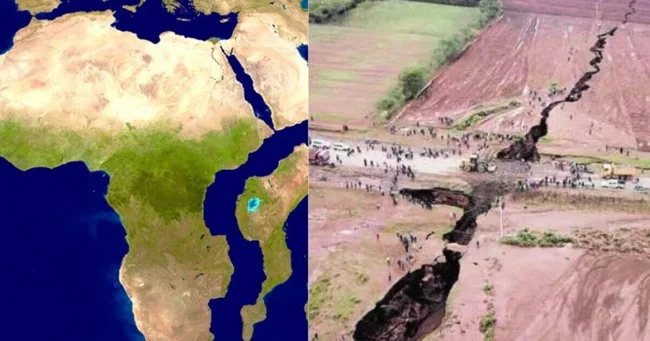
The fault runs through the Great Lakes of Africa and marks the boundary between two tectonic plates, the Somali and Nubian, that are moving away from each other.
A new study has allowed scientists to find out what is driving the fault. A powerful flow of hot, partially molten rock, the African superplume, has been discovered deep within the Earth. The intense heat and pressure from the superplume is weakening and splitting apart the Earth's outer layer, known as the lithosphere.
GPS measurements show that the plates are moving apart at a rate of about 4 cm per year.
Over time, this split could form an ocean, with the new continent comprising Somalia, Kenya, Tanzania, and half of Ethiopia. 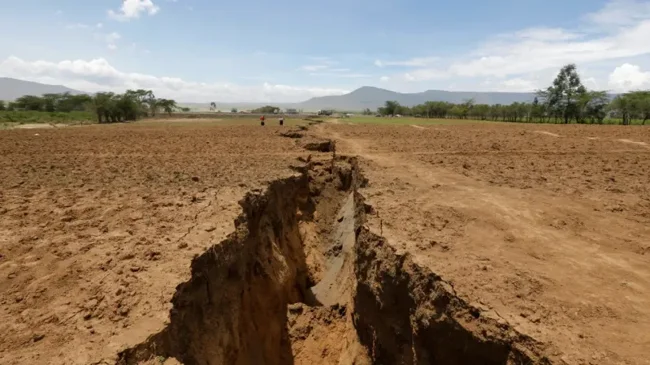
It was previously thought that the complete separation would take tens of millions of years. But the latest models suggest that it could happen in one to five million years.
In a recent study, scientists from the University of Glasgow, Scotland, analyzed data from the Kenyan Menengai geothermal field. They studied neon isotopes. This allowed them to determine whether the rift was caused by deep processes in the Earth's mantle or by surface tectonic events.
The experts found that the gas was coming from deep within the Earth's mantle, between the outer core and the mantle. 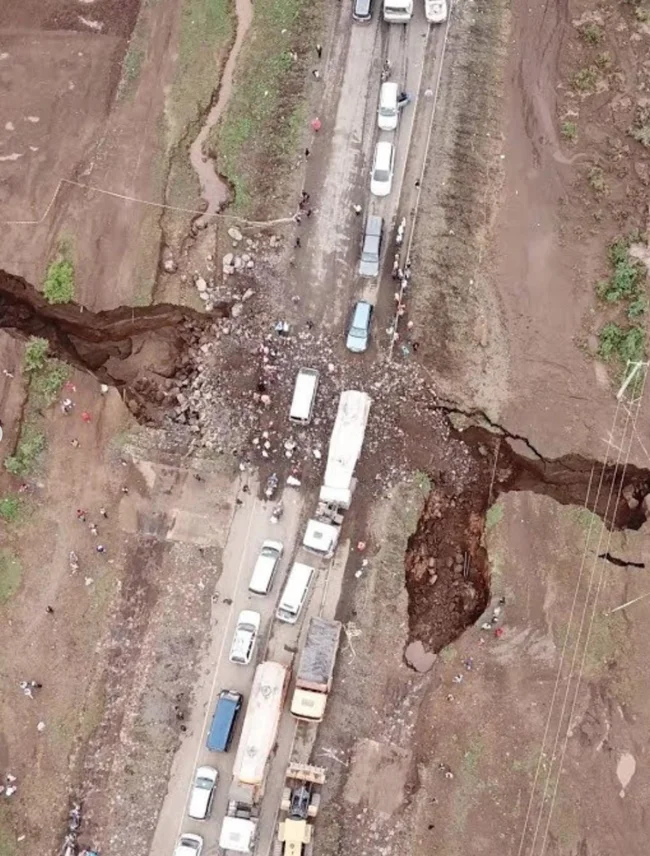
Professor Fin Stewart, lead author of the study, said: “We have long been interested in how the deep layers of the Earth rise to its surface, how much of it moves and what role it plays in shaping the relief of the Earth’s surface. A giant hot flow at the boundary of the core and mantle has been discovered under East Africa. It is pushing apart the tectonic plates and raising the African continent hundreds of meters above its normal level.”
Using high-precision mass spectrometry, the team discovered a chemical “fingerprint” over a vast area. This supports the theory that the East African Rift System is fed by a superplume rather than multiple smaller sources. 
The East African Rift System stretches from Ethiopia to Malawi, and has seen huge faults appear in recent years.
In 2005, a series of more than 400 earthquakes in Ethiopia's Afar region caused a 60-km-long crack to suddenly appear.
Similarly, a fault appeared in Kenya in 2018, disrupting transportation.
Experts predict that water from the Red Sea and Indian Ocean will eventually flood low-lying areas, creating a new ocean basin. 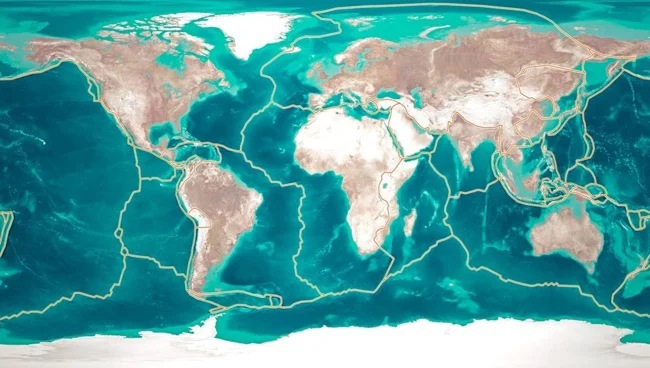
Marine geophysicist Ken McDonald says: “The Gulf of Aden and the Red Sea will spill over the Afar region and into the East African Rift System, creating a new ocean.”
Somalia, Kenya and Tanzania could become part of the new landmass, effectively creating a separate continent. While landlocked countries like Uganda and Zambia could gain coastlines, changing trade routes and geopolitical dynamics.












